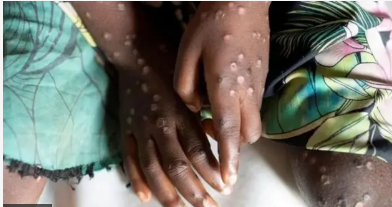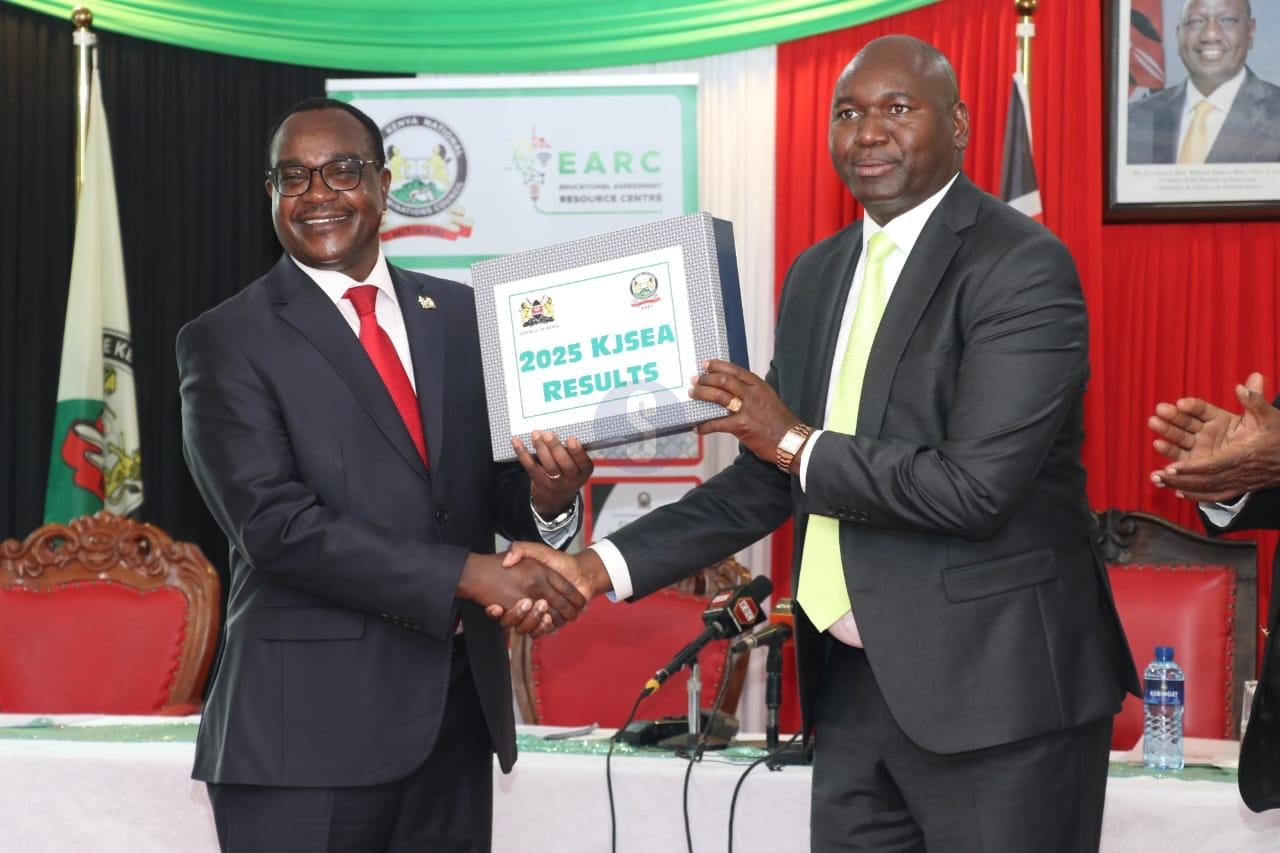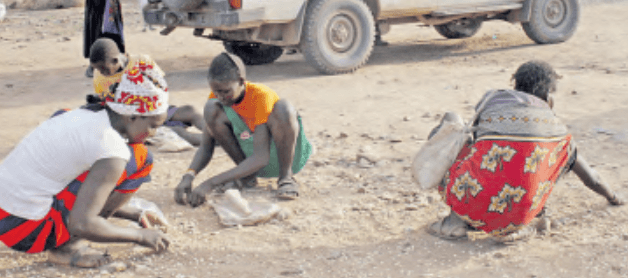 A patient with Mpox. Kenya reported the first case on
July 29 , 2024, at the Taita Taveta County border with Tanzania.
A patient with Mpox. Kenya reported the first case on
July 29 , 2024, at the Taita Taveta County border with Tanzania.
A new analysis of all the cases reported between July last year and February 2025 also indicates most patients (62 per cent) reported genital wounds, which means the disease was sexually transmitted.
Kenyan health officials conducted 447 tests within this period and confirmed 48 cases, according to the analysis conducted by the Ministry of Health and the US Centers for Disease Control and Prevention.
Eleven of the 48 people (22.9 per cent) were HIV-positive, and one of them died on October 14, last year.
“The patient had advanced HIV disease and was not receiving
antiretroviral therapy. The death occurred 30 days after rash onset while the
patient was hospitalised for cryptococcal meningitis and had secondarily
superinfected anogenital lesions and severe constipation. In addition, a
pregnant woman delivered a stillborn,” says the report, titled “Clade Ib Mpox
Outbreak: Kenya, July 2024–February 2025.”
Globally, HIV-positive individuals, especially those with low CD4 counts or untreated infection, have shown increased mpox severity.
Conversely, those with well-managed HIV exhibit outcomes similar to HIV-negative individuals.
Kenya’s outbreak is rooted in the clade Ib variant, which CDC and WHO elevated to a continental public-health emergency in August 2024.
This subclade emerged in eastern DRC in late 2023 and has since spread to neighbouring countries, including Rwanda, Burundi, and Uganda. Clade Ib is believed to be more transmissible and potentially more lethal than its clade II counterpart.
The Kenyan outbreak has predominantly afflicted mobile and high-risk populations: 27 of the 48 confirmed cases (56.3 per cent) involved individuals working along the Mombasa–Malaba transport corridor, specifically truck drivers, sex workers, and those operating around trucking stopovers.
According to CDC, there is no strong evidence that having HIV increases
the likelihood of getting infected with mpox if you are exposed.
Kenya already contends with a significant HIV burden, with approximately 1.4 million people living with HIV, an adult prevalence near 3.2 per cent.
Kenya requested and received mpox vaccine as part of the Access and Allocation Mechanism and is planning a July 2025 vaccination campaign for the highest risk groups.
The CDC report was compiled from MoH’s mpox outbreak investigation
documents for July 29, 2024, through February 28, 2025, including case
investigation forms, outbreak investigation reports, and information from
health care facilities about characteristics of patients with confirmed cases.
“The Ministry of Health remains committed to controlling the Mpox virus outbreak and protecting the health and safety of all Kenyans. We appreciate the continued efforts by the public in helping us combat this outbreak and safeguarding the well-being of our republic,” Muthoni said.
The cases are distributed across 17 counties as follows: Busia (48), Mombasa (37), Nakuru (16), Makueni (10), Nairobi (5), Kajiado (3), Bungoma (3), Taita Taveta (2), Kericho (2), Kilifi (2), Kiambu (1), Uasin Gishu (1), Migori (1), Machakos (2), Isiolo (1), Kisii (1) and Kirinyaga (1).












